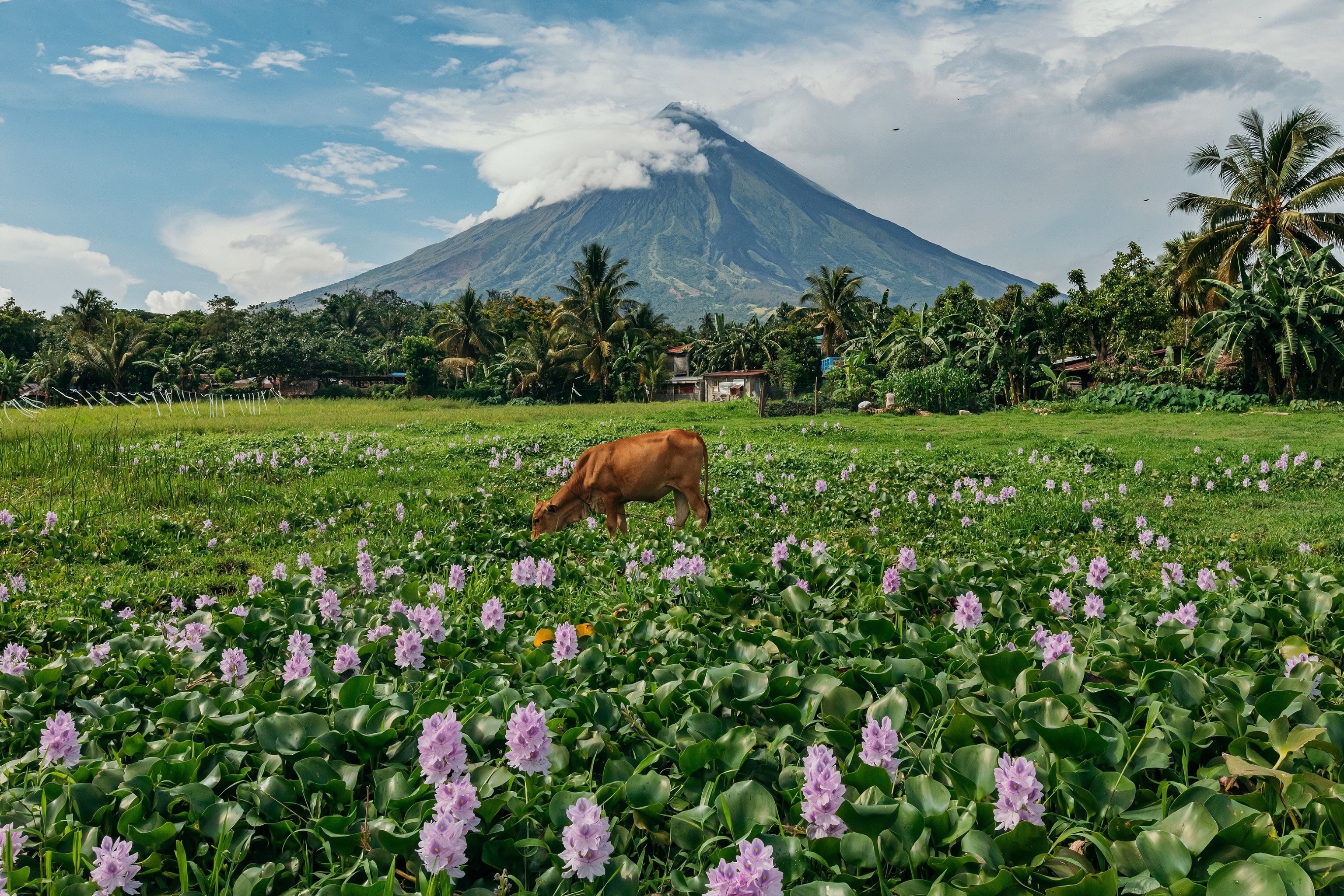You’ve heard of Manila, the capital of the Philippines and the nation’s most populated city. But with 7,641 islands, there’s so much more to see and do in this archipelago (large island group or chain). Whether you’re looking for adventure or relaxation, culture or gastronomy, sights or geoexperiences, here are three lesser-known destinations with incredible opportunities for finding future fun on holiday.
Bicol
WHY YOU’LL WANT TO GO: A picturesque active volcano, delectable spicy cuisines, exciting landscapes, beguiling seascapes, and heart pumping activities await you.
Home to the scenic Mayon Volcano, reputed to have the most perfectly symmetrical cone in the world, Bicol is consistently ranked among the top destinations in the country. Kick start the adventure with an ATV ride traversing the rugged terrain and shallow rivers towards the lava wall of Mayon Volcano.
For a more cooling experience, swim with the gentle giant “Butanding” whale sharks in Donsol or dive into the waters of Ticao Island and swim among the manta ray, sea turtles, and different species of fish above a seabed dotted with colorful corals.
For heart-pumping escapades, try downhill biking in Camarines Sur or water tubing down the challenging rapids of Malinao. The islands of Caramoan also offer rock climbing, bouldering, rappelling, cliff diving, and slacklining. .
From fresh sea urchin and lato in Pilar to a sweet and spicy chili ice cream in Legazpi, Bicol will also give you a unique gastronomical experience. What’s more, there are many “pasalubong” (souvenir) shops filled with traditional ceramic and rattan wares and local delicacies like suman latik (rice cake).
HOW TO GO: Catch a flight from Manila to Legazpi, Naga, Catanduanes, or Masbate. One hour flights from Cebu to Legazpi and Clark to Catanduanes or Naga are also available. Alternatively for the truly adventurous, there are 8-to-14-hour bus rides available from Manila to Bicol’s provinces and cities. The region may also be reached through ferry from Samar.
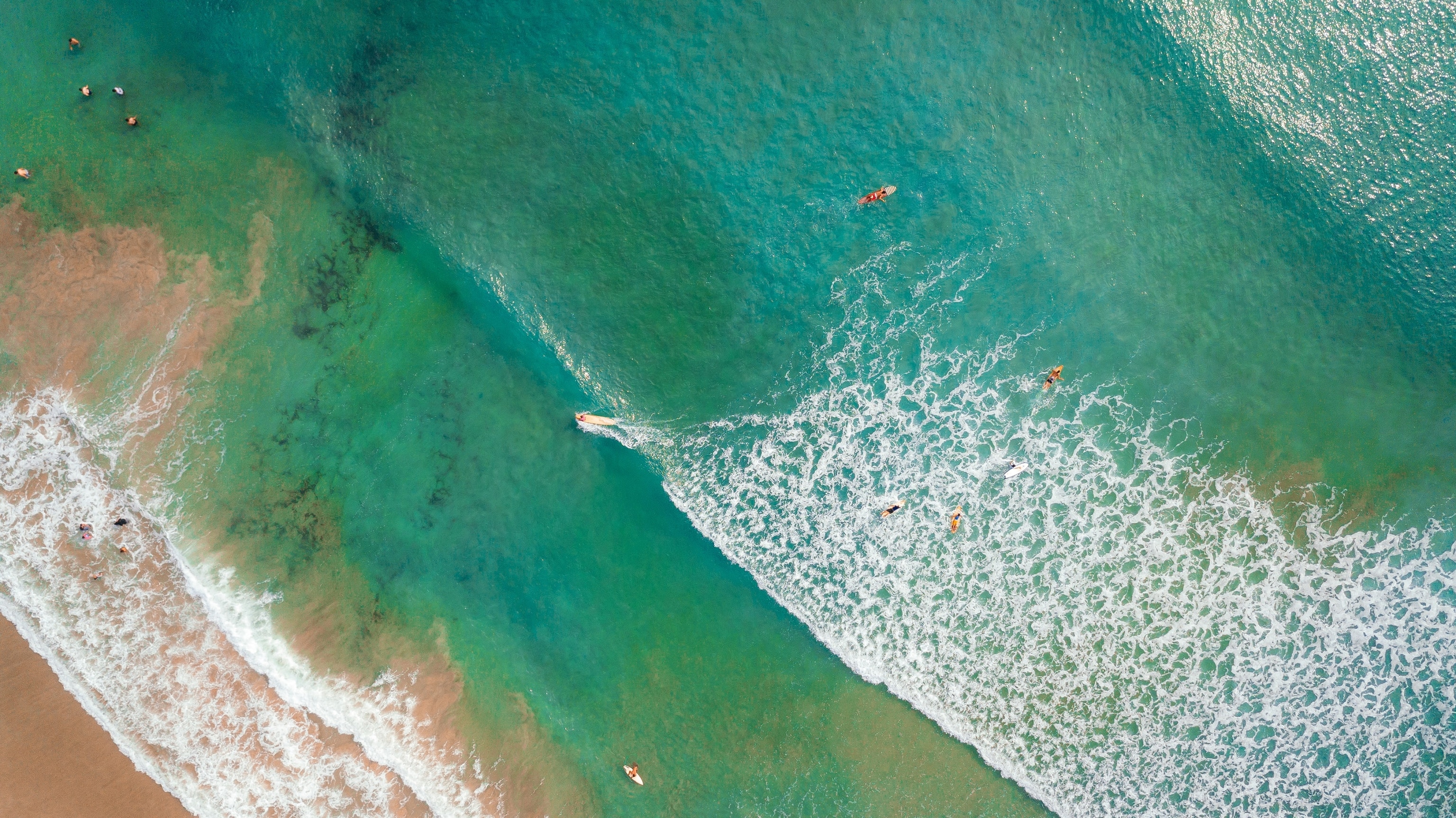
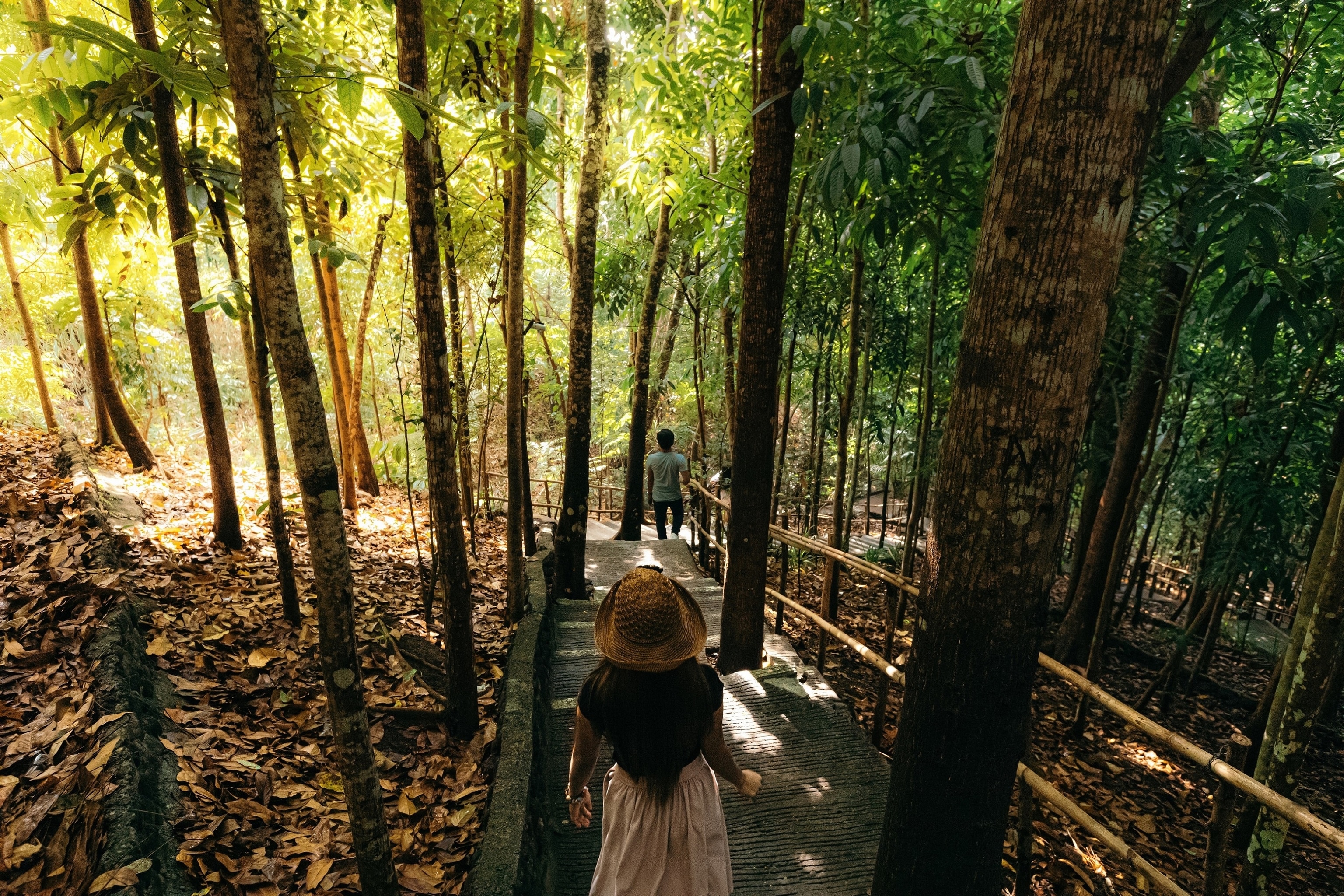
Iloilo
WHY YOU’LL WANT TO GO: Iloilo is a hidden gem, full of history and nature.
Located on the island of Panay in the Philippines, Ilolio is a less-crowded alternative to a big city like Manila, which offers visitors a mix of natural wonders and human-made marvels. Iloilo is home to a host of historic sites, including centuries-old churches (like the Miagao Church) and grand estates (like Nelly Garden, a famous historic home); you can also check out Museo Iloilo to learn more about the indigenous culture of the area.
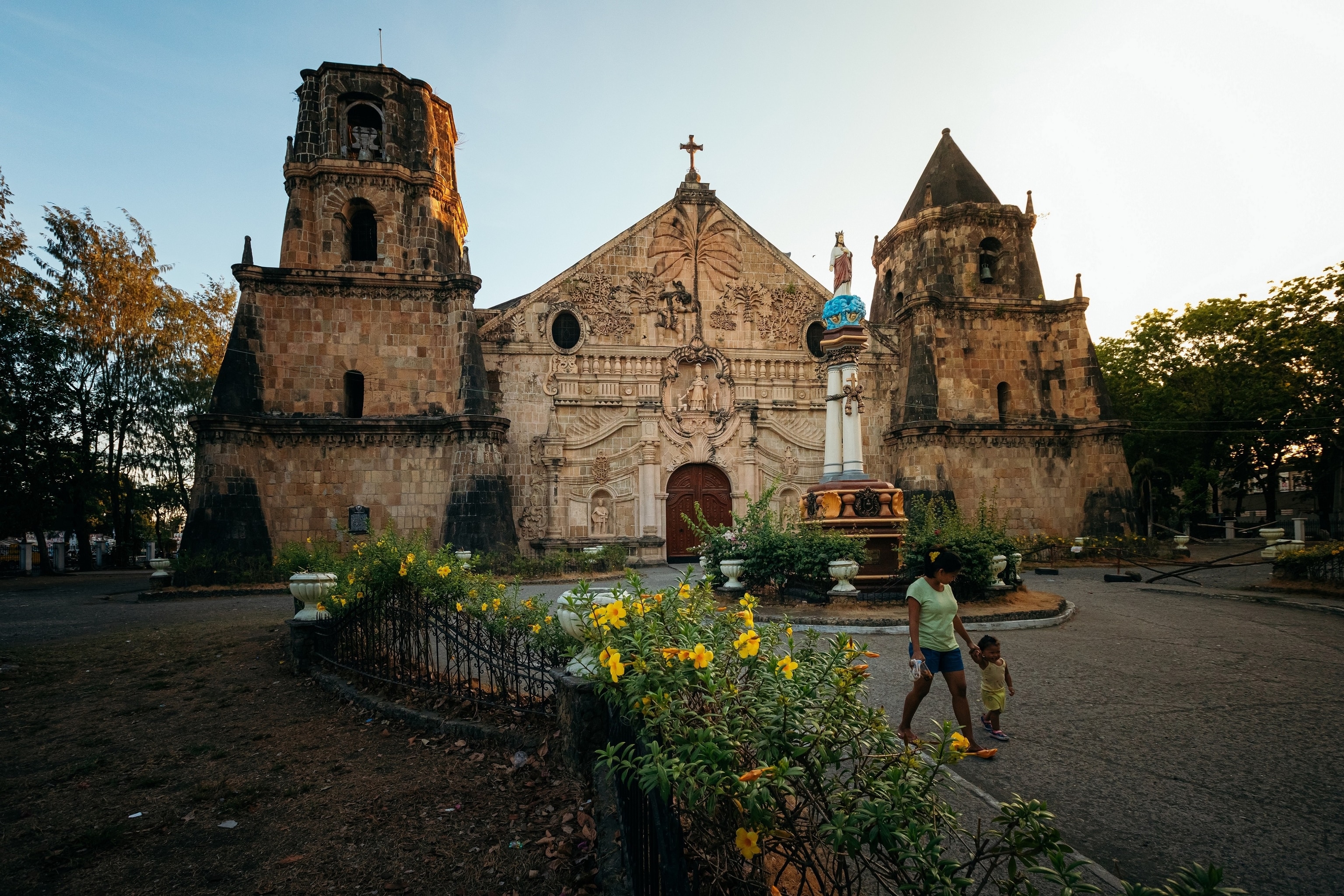
The Iloilo River Esplanade winds its way along the edge of the city, giving residents and tourists a peaceful and scenic path to walk along the water.
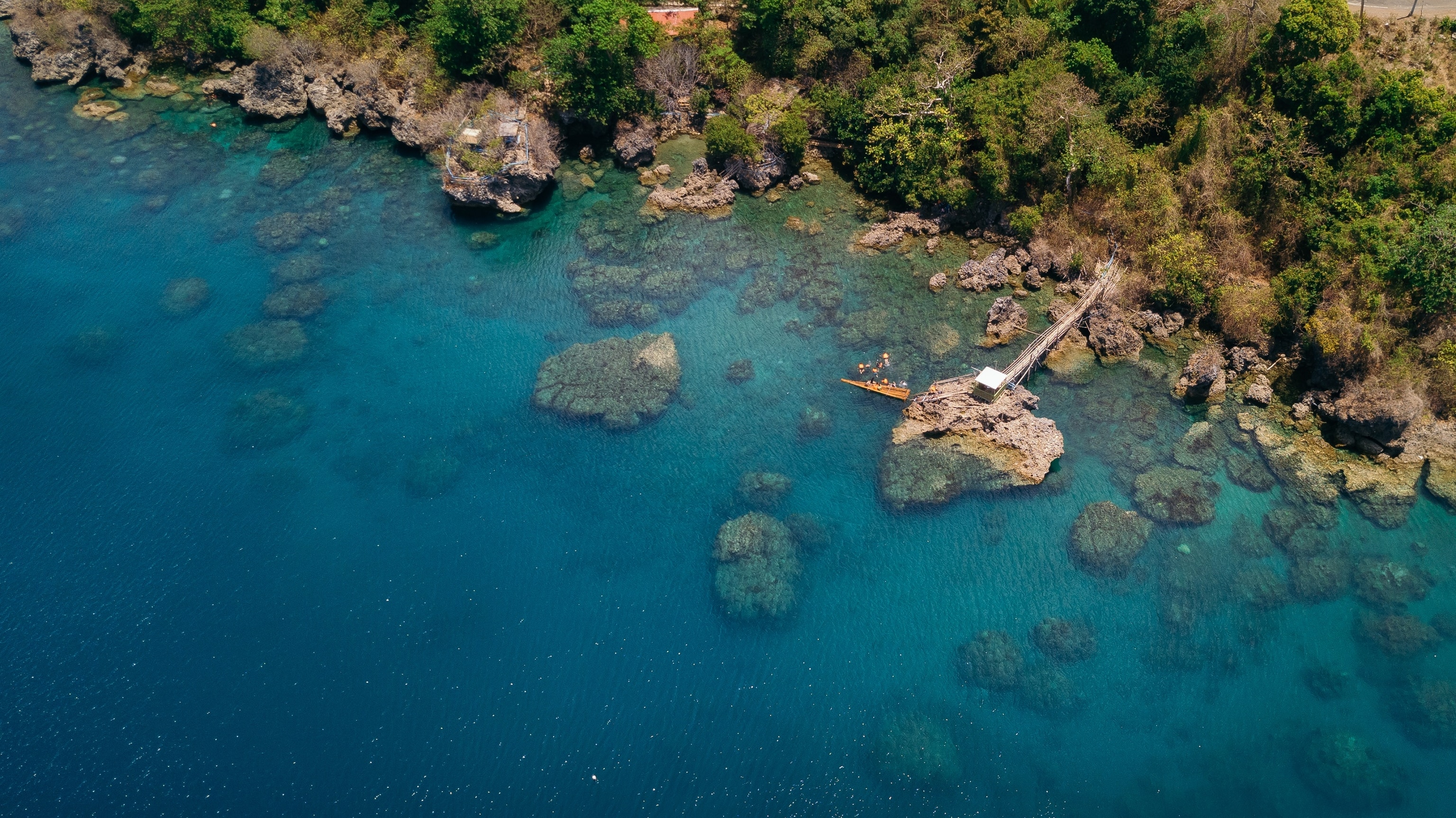
If it’s sun your crave, check out Iloilo’s beautiful grey-sand beaches in areas like Miagao, Guimbal, Tigbauan, or Oton. There’s also the Kuliatan marine sanctuary in San Joaquin, where visitors can swim or snorkel.
HOW TO GO: From Manila, hop on a plane for a short flight — or take a ferry from a city like Cebu, Cagayan de Oro, Bacolod, or Manila. There are also plenty of hotels to call on in Iloilo’s City Proper district as well as some newer hotels in the Mandurriao area, plus other accommodation in the Jaro, La Paz, Molo, and Arevalo districts.

Siquijor
WHY YOU’LL WANT TO GO: Siquijor is a magical place, in more ways than one.
Siquijor, like many of the islands in the Philippines, is known for its crystal-clear waters as well as its stunning beaches (including San Juan Beach, Siquijor Beach, Paliton Beach, and Salagdoong Beach). Nature lovers won’t want to miss the 400-year-old balete tree in Lazi with a natural pool at the bottom where you can let fish nibble on your feet, or Guiwanon Spring Park and its marvelous mangrove trees.
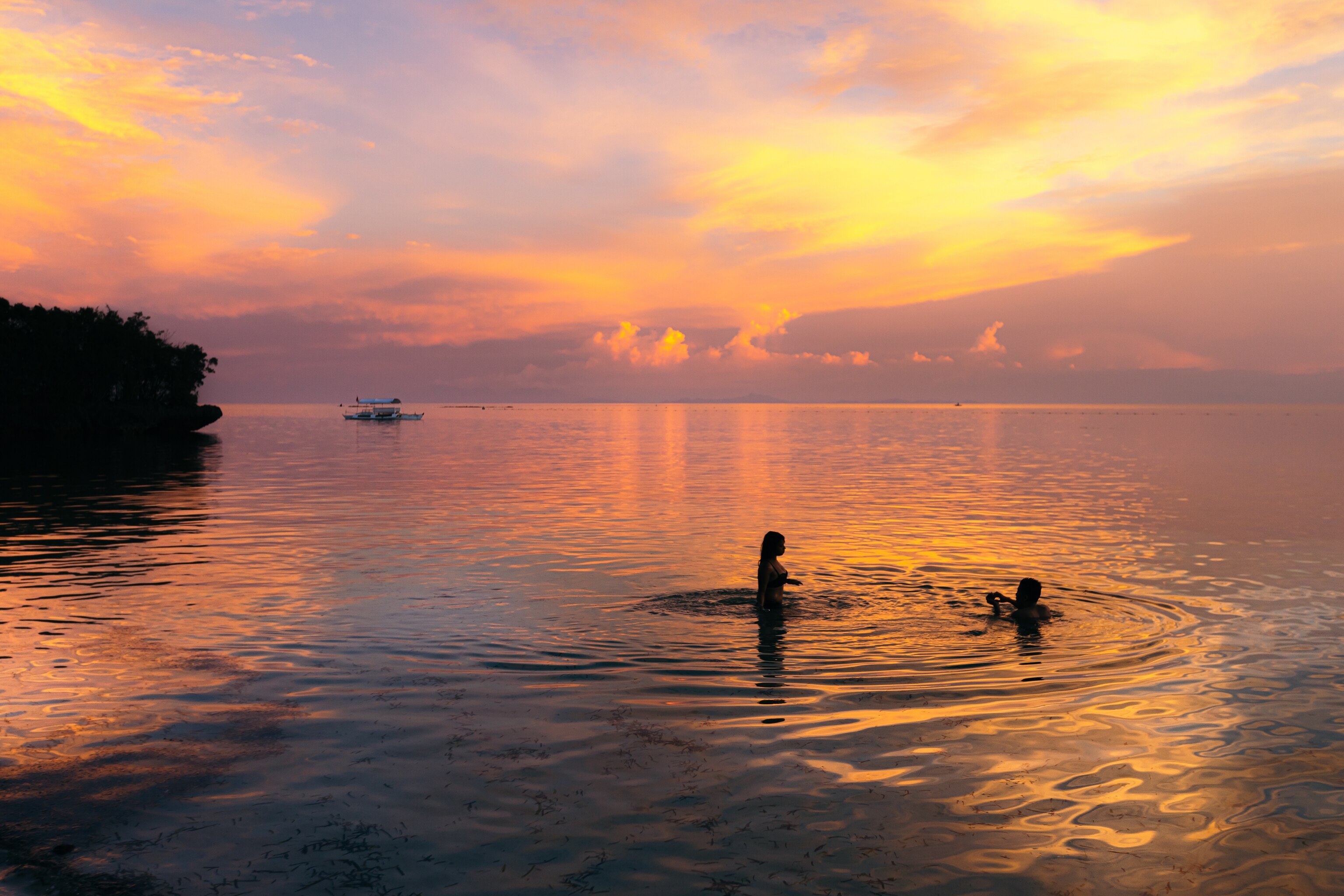
For historians, the San Isidro Labrador Church and Convent in Lazi is a great place to start exploring. It’s considered a National Historical Landmark in the country. Meanwhile, thrill seekers can try spelunking in the Tulawog, Sambulawan, and Cantabon caves. But what really sets Siquijor apart from its neighboring islands is its reputation for folk healing and mysticism.

Siquijor is full of “mananambal” (practitioner of traditional medicine) who practice faith healing. The most common of these healing methods is bolo-bolo, a form of healing involving a glass or bottle of water, a stone, and a bamboo straw. Many also use potions, herbs, and oils to work their magic. In fact, the best time to visit the island is during holy week when healers from all over the Philippines converge on the island to “renew” their powers and concoct potions that will last the year.

HOW TO GO: From Manila, you can get a connecting flight to Dumaguete City in Negros Oriental and take a fast ferry (45 mins to 1 hour) or RORO vessel (2 hours) to Siquijor. Once you’re there, it’s easy to rent a tricycle or motorcycle to get around. There are also Department of Tourism (DOT) accredited tourists vans and accommodation options on the island.
